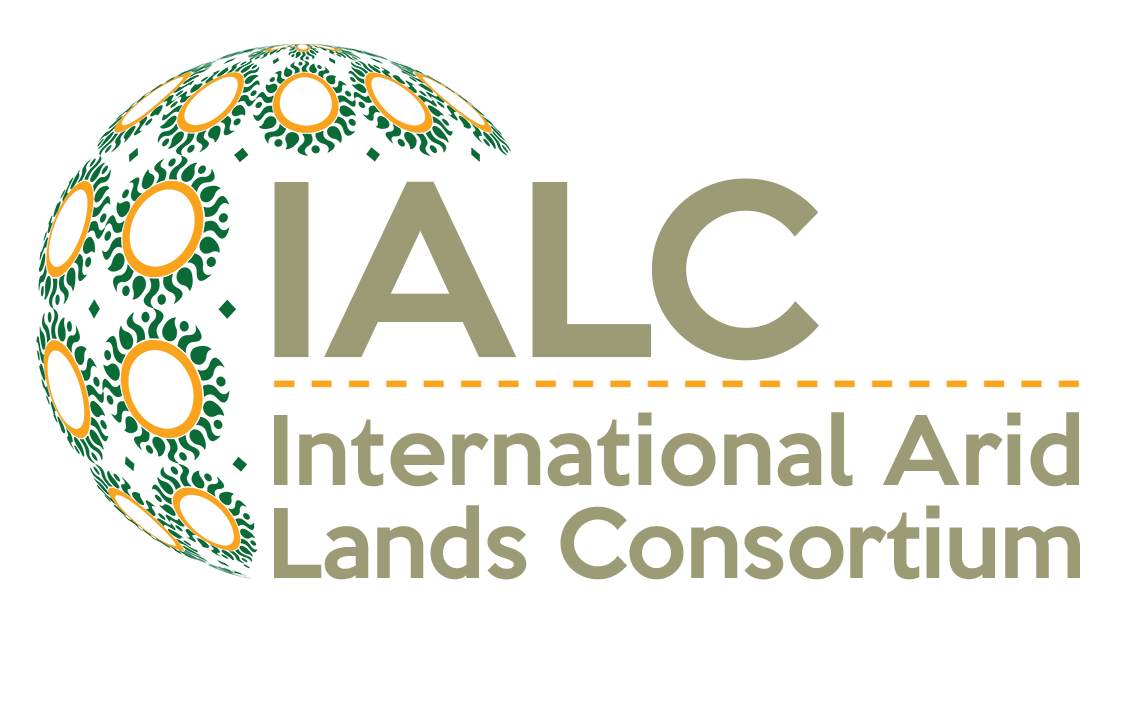Land Application of Wastewater for the Creation of Manmade Forests in Egypt
Investigators (most current known information)
Proposal Abstract
Applying wastewater and sludge to land for remediation has been recommended by the Environmental Protection Agency (EPA) as a method to recycle nutrients and organic matter and conserve water resources. The level of sewage treatment prior to land application can range from simple primary treatment using a single lagoon to tertiary treatment using a conventional wastewater treatment plant. Small communities are selecting primary treatment and land application as the most cost-effective way of treating municipal wastewater. Egypt has begun an extensive program of afforesting and reclaiming arid lands using wastewater from a lagoon treatment system.
Wastewater was used to irrigate a Pinus pinea and Cupressus sempervirens plantations in Ismailia Egypt. The overall objective of the research was to develop sustainable designs for Egyptian wastewater treatment systems based on land application on man-made forests by developing a daily growth-irrigation scheduling model for Pinus pinea and other tree plantations based on the trees' water needs. The source of irrigation water was wastewater from a aerated/facultative lagoon sewage treatment system. A second objective was to check this model against measured growth data to determine the limitations of using a simple irrigation-scheduling model to manage the irrigation system to maximize tree growth and wood production.
The Growth-Irrigation Scheduling Model (GISM) calculated the evapotranspiration from the volume balance soil water model and a tree biomass sub-model, based on a water use efficiency (biomass/evapotranspiration) that partitions biomass into the component parts of leaves and stems plus branches. The water balance portion of the model can also compute the Et for grass growing between the trees until a closed canopy system is reached. Weather data and a soil water stress function were used to calculate evapotranspiration based on calculated reference evapotranspiration and crop coefficients for the trees scaled to nonstressed evapotranspiration.
The GISM model was developed and tested based on measurements made on a Pinus brutia var. eldarica experiment conducted at Las Cruces NM USA. The GISM model had the grass ET subroutine set to 0 because the field was clean tilled. The GISM model accurately modeled height and diameter growth, although it slightly overestimated the height and underestimated the diameter growth of Pinus brutia var. eldarica for the high irrigation treatment after 30 months of growth. The GISM model successful predicted height within a 95% confidence level of the measured height for the low irrigation treatment. The model predicted the same estimated biomass for the high irrigation treatment but over predicted the biomass after 30 months of growth for the low irrigation treatment. The model indicated the biomass production was 64% greater in Egypt than the biomass production in Las Cruces NM. This could be due to longer growing season in Egypt.
Based on the modeled and measured data analysis, the GISM model can be a useful tool to: a) predict tree growth and schedule irrigations for Pinus brutia var. eldarica and Cupressus sempervirens plantations, b) understand the trees response to environmental and water stress, and c) provide better analyses of future research efforts. The climate-driven variables (temperature and rainfall) needed by the model are readily available for most locations in the world from the National Climatic Data Center (NCDC).
Outcome
Article in Journal
Al-Jamal, M.S., T.W. Sammis, and J.G. Mexal. 2002. "A growth-irrigation scheduling model for wastewater use in forest production." Agricultural Water Management 56(1):57-79.

